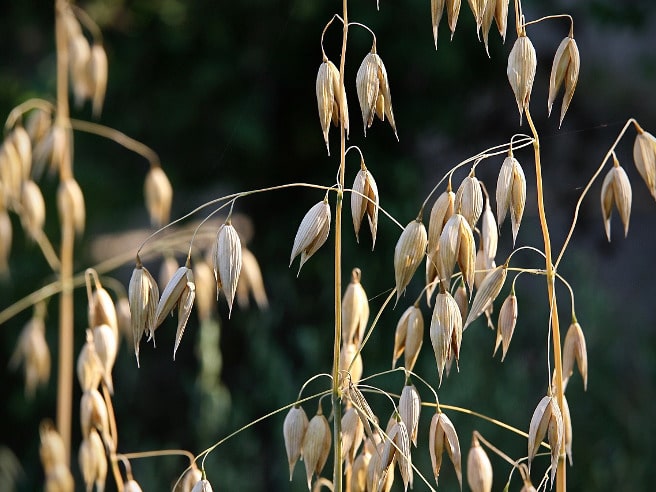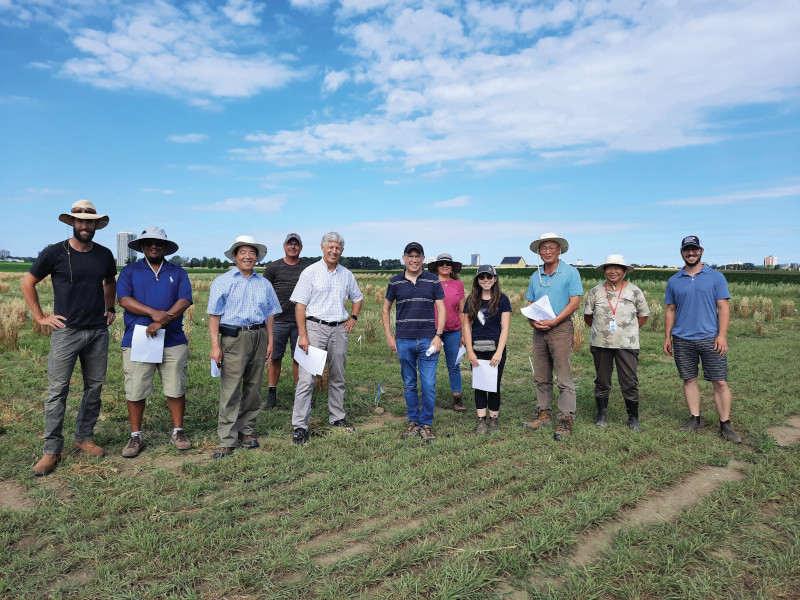Fusarium fungi can limit the use of oats as food. In years with a high rate of contamination, as much as one-fifth of oat batches intended as food have to be abandoned. Oat cultivars that are better able to resist Fusarium can be created with the help of plant breeding and research .
Fusarium fungi, which cause Fusarium head blight (FHB) disease, are a common pathogen among cereal crops. After the turn of the millennium, Fusarium species, which produce a toxin known as deoxinyvalenol (DON), have become increasingly common also in Finnish grain fields, particularly in oats.
The mycotoxins produced by Fusarium fungi are hazardous to health, which makes infected oats unusable as food. In years with high contagion rates, the limit of rejection due to the DON toxin in food set by the EU has been exceeded also in Finland by dozens of percentage points in oat samples. Fusarium fungi contagions cause significant losses to farmers also by reducing the germination capacity of seed grain.
Since Nordic oats and oat products are branded as high quality and healthy food, FHB has to be managed. The methods with which mycotoxins can be mitigated include seed treatment, crop rotation or crop sorting and dehulling.
“And yet, with farmers doing everything by the book, the limits can still be exceeded. Resistant cultivars would offer welcome assistance in controlling diseases,” says Juho Hautsalo, who defends his doctoral thesis at the Faculty of Agriculture and Forestry, University of Helsinki.
Hautsalo analysed DON concentrations, germination capacity and the ratio of kernels infected by Fusarium fungi in hundreds of breeding lines and dozens of Nordic cultivars and oat accessions stored in gene banks, which looked promising on the basis of the literature. Furthermore, he analysed various inoculation methods and looked into the link between a range of traits that reinforce resistance, such as the development rhythm, longitudinal growth and blooming, and the accumulation of mycotoxins.
The findings will drive further improvements in Fusarium resistance primarily by utilising breeding material. However, breeding disease resistance is not for the impatient.
“This involves several different plant traits, which are regulated by a number of as of yet unknown minor genes. In the future, genomic tools must be utilised in breeding, while assessments should be carried out in a cost-effective manner, for example, by making use of imaging techniques. While much more research and development is needed to facilitate such efforts, the most susceptible oat cultivars can already be eliminated from the breeding material.”
—University of Helsinki













